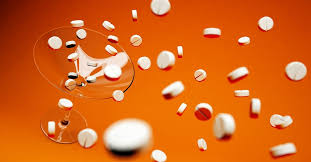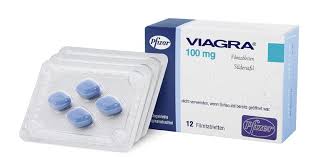
Understanding Antikoagulanti: Essential Insights and Applications
Antikoagulanti, or anticoagulants, play a crucial role in the prevention and treatment of various medical conditions, especially those related to blood clotting. These medications help manage blood viscosity and prevent thrombosis, ensuring better health outcomes for patients at risk. In this article, we delve into the mechanisms of action, types, and considerations surrounding Antikoagulanti https://lekarnaskupaj.si/antikoagulanti/ treatments.
What Are Antikoagulanti?
Antikoagulanti are medications that inhibit the formation of blood clots. They are primarily prescribed for conditions such as atrial fibrillation, deep vein thrombosis (DVT), pulmonary embolism (PE), and prevention of stroke. By interfering with the clotting process, they provide significant therapeutic benefits in managing cardiovascular diseases.
Mechanism of Action
The way antikoagulanti function varies based on the class of the medication. There are different types of anticoagulants, including direct and indirect acting agents.
- Vitamin K Antagonists (VKAs): This class includes warfarin, which works by inhibiting the synthesis of vitamin K-dependent clotting factors (II, VII, IX, and X) in the liver.
- Direct Oral Anticoagulants (DOACs): Medications like rivaroxaban and apixaban directly inhibit factor Xa or thrombin (factor IIa), blocking the coagulation cascade more directly and effectively.
- Heparins: Unfractionated heparin (UFH) and low molecular weight heparins (LMWHs) enhance the activity of antithrombin III, leading to the inhibition of thrombin and factor Xa.
Indications for Use
The use of antikoagulanti is indicated in several clinical scenarios:
- Atrial Fibrillation: Patients with this condition are at a higher risk of stroke due to the formation of blood clots in the heart.
- Venous Thromboembolism (VTE): Antikoagulanti are crucial in treating and preventing DVT and PE.
- Mechanical Heart Valves: Patients with these valves require anticoagulation to prevent thrombus formation on the prosthetic material.
Advantages of Antikoagulanti Treatment

The advantages of using antikoagulanti are numerous. They significantly reduce the risk of potentially life-threatening thromboembolic events. Additionally, modern anticoagulants like DOACs offer several benefits over traditional VKAs – they have fewer dietary restrictions, do not require routine monitoring of coagulation parameters, and often have a better safety profile.
Possible Side Effects
Despite their advantages, antikoagulanti are not without risks. The most notable side effect is bleeding, which can range from minor bruising to severe hemorrhage. Patients on anticoagulants need to be aware of the symptoms of excessive bleeding, such as:
- Unexplained bruising
- Prolonged bleeding from cuts
- Blood in urine or stool
- Coughing up blood
Additionally, some patients may experience other side effects including gastrointestinal issues, liver enzyme elevation, or allergic reactions. Therefore, careful monitoring and management are critical for patients on these medications.
Monitoring and Management
For patients taking VKAs like warfarin, regular monitoring of the International Normalized Ratio (INR) is essential to ensure that the blood’s clotting ability stays within a therapeutic range. On the other hand, DOACs and LMWHs generally require less monitoring, but clinicians still need to evaluate renal function and the patient’s overall health status periodically.
Conclusion
Antikoagulanti represent a vital class of medications in the management of thromboembolic disorders. With their various types and mechanisms, they have transformed the landscape of cardiovascular therapy. However, the use of these drugs requires a careful balance between therapeutic benefits and potential risks. Patient education, regular monitoring, and timely intervention make a significant difference in ensuring safe and effective treatment.
As research continues, the understanding and utilization of antikoagulanti will evolve, paving the way for safer, more effective therapeutic options in anticoagulation therapy.